In the age of digital technology, photos have become an integral part of our lives. We capture cherished memories, share experiences, and document important events with just a click of a button. However, this ease of photo creation has also given rise to a pressing concern – the authenticity of the photos we encounter. The need for photo authentication has never been greater as photos are often manipulated or fabricated for various purposes. This article delves into the art and science of verifying photo authenticity, shedding light on the methods and techniques that can help us distinguish between real and fake images.
Understanding the Significance of Photo Authentication
The Pervasiveness of Digital Manipulation
With the advent of powerful image editing software, it has become increasingly easy to alter photographs. This has profound implications in various fields, including journalism, law enforcement, and historical documentation. Fake photos can be used to mislead the public, frame individuals, or rewrite history. Therefore, the ability to authenticate photos is of paramount importance in ensuring the integrity of visual information.
Forensic Analysis Techniques
Forensic analysis plays a pivotal role in the verification of photo authenticity. Forensic experts use a combination of software tools and manual examination to detect alterations and inconsistencies within an image. These techniques include checking for pixel-level irregularities, analyzing metadata, and identifying telltale signs of manipulation such as clone stamp marks or inconsistent lighting and shadows.
Machine Learning and AI
In recent years, machine learning and artificial intelligence have emerged as powerful tools for photo authentication. Deep learning algorithms can be trained to recognize patterns and anomalies in images, making it possible to automatically detect digital manipulation. These systems can analyze large datasets of known authentic and manipulated images, learning to distinguish between them with high accuracy.
The Art and Science of Photo Authentication
Verifying photo authenticity is both an art and a science. It requires a keen eye for detail and an understanding of human perception, as well as a deep knowledge of image analysis techniques. Experts often use a combination of manual and automated methods to arrive at a conclusion.
Forensic experts can identify discrepancies that might not be apparent to the untrained eye, while machine learning algorithms can process vast amounts of data quickly and accurately. The collaboration between human expertise and machine intelligence is increasingly crucial in the battle against photo manipulation.
Conclusion
In a world where visual information is constantly shared and manipulated, the ability to verify the authenticity of photos is essential. Photo authentication combines the art of human perception with the science of image analysis to protect the integrity of images in various fields, from journalism to law enforcement and beyond. As technology continues to evolve, so too must our methods of authenticating photos to ensure that the images we encounter can be trusted. By understanding the significance of photo authentication and staying abreast of the latest forensic and AI techniques, we can preserve the truth and accuracy of the images that shape our world.

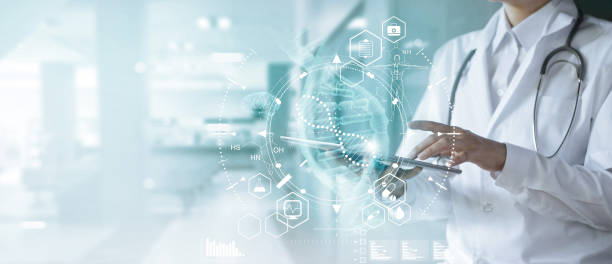






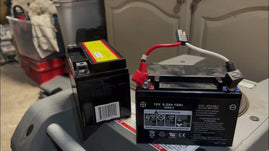

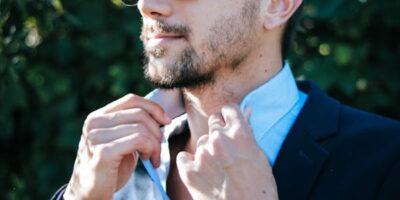

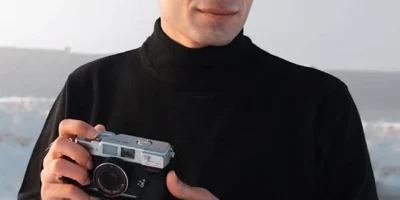





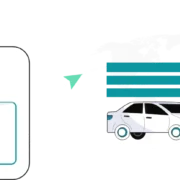



Comments